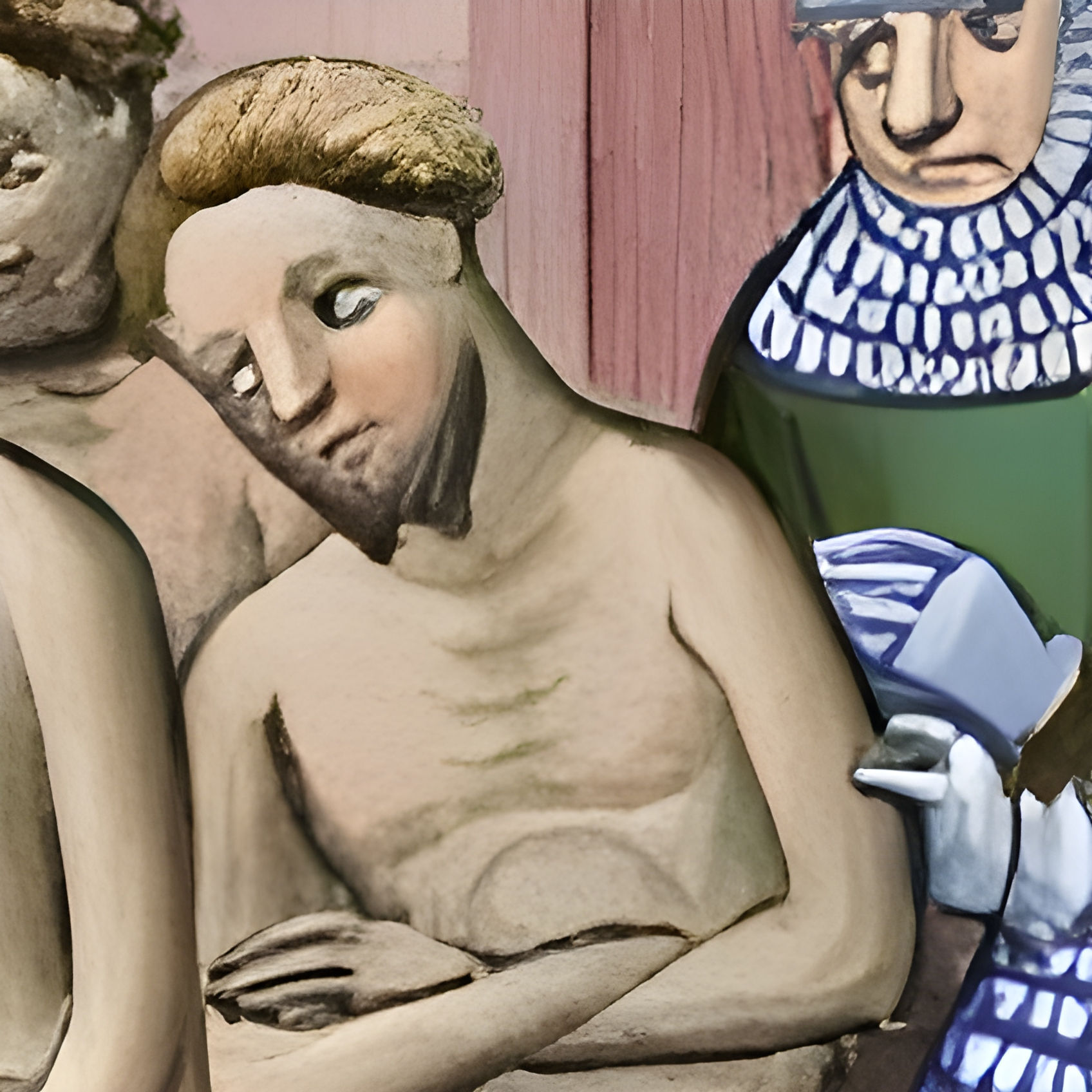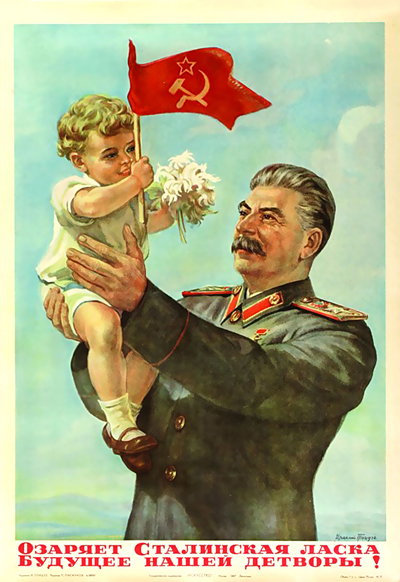This is something I never really understood in itself or why it’s important in the first place. Modern day examples would definitely help.
Can somebody help me out?
I don’t believe this is the correct answer. Commodity fetishism is the fetishization of the commodity form, not of individual commodities. It’s the phenomenon of commoditizing everything from sex with your partner to pictures of your cat to 5 minutes as a passenger in a car just to experience the g-forces of racing. It’s the phenomenon of putting a dollar sign on everything and inventing all new ways of putting dollar signs on things.
I’m not sure that we disagree. But how else do you ELI5 without concrete examples?
You seem to be adding further concrete examples to explain it? Could I not abstract upwards and say it’s not those commodified experiences but the commodity form? I realise I chose physical goods and you chose ‘experiences’ (services?) but I think it’s a false dichotomy to separate them.
I don’t think the commodity form is more similar to ‘intangible’ commodities than to ‘tangible’ commodities just because they share in common the feature that ‘intangible’ commodities and the commodity form cannot be touched. But maybe I’ve misunderstood your criticism.
Your examples seem to support what I said: in other words, commodification is the reification of the commodity form. That form is an abstraction of individual commodities and it is relational, as is every subject to dialectical materialists. So this fetishization is the thingifying of human relations; or, it’s when humans turn (commodity) relations into things.
I appreciate the challenge and I’m not replying in this way to shut down the conversation. I think there is something in the distinction between commodities and the commodity form. I’m going to look into it to see if I have made an error.
Thanks for engaging. It’s definitely not something I am super firm on. I think the concrete examples you gave and I gave are pointing to different things. Maybe I was not clear on the distinction I was trying to make.
The way I interpret your examples is that we see the book in its idealist form, not its material form. That is to say, we see the brand, the status, the convenience, the desire, but not the object and all its relationships.
What I was trying to convey is that we interpret all of life through the lens of commodification. So when I see a beautiful tree, I think “how can I make money on this” and suddenly something that wasn’t a commodity becomes a commodity. We do this over and over. In the 1800s, some human activities that we now think of as jobs were not yet commodities, they were just things people did. But, through commodification of labor, commodity fetishism set in and more activities that were not commodifird became commodified. So, people used to make dolls for their kids, or read them bedtime stories, and now those have been commodified by someone fetishizing the commodity form and trying to apply it to things they see in the world.
Perhaps that is what you were trying to explain as well, and I didn’t interpret your words as you intended. But my initial read of your words does not match what I was trying to convey with mine.


